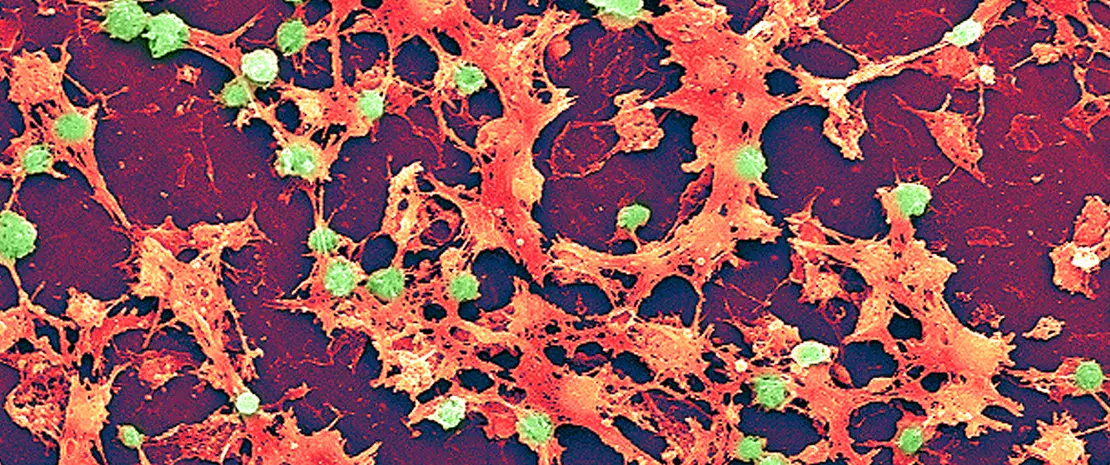Skin Microbiota #12
By Prof. Markku Voutilainen
Turku University Faculty of Medicine; Turku University Hospital, Department of Gastroenterology, Turku, Finland
Sources
This article is based on scientific information
Sections

About this article
Author
AGE-RELATED SKIN MICROBIOTA PROFILES
Intrinsic skin aging is a natural aging process determined by internal factors while photoaging is the accelerated aging of the skin due to repeated exposure to ultraviolet radiation (UV). Little is known about how the skin microbiota influences the aging process (either natural or photoaging) and on the effects of age-related skin microbes. To answer this question, the authors analyzed 160 skin samples from the cheek and the abdomen of 80 individuals of varying ages to develop age-related microbiota profiles. They found that abundance of Cyanobacteria was higher in the children group and was associated with decreased UV-induced skin damage and pigmentation. In young and middle-aged, Staphycococcus, Cutibacterium and Lactobacillus improved skin barrier and protected from photoaging. Cutibacterium may modulate immune responses and suppress inflammation and slow aging processes. In young and middle-aged people, Staphylococcus may protect from intrinsic skin aging and maintain skin microbiota homeostasis. The authors suggest that these findings may have great innovation and clinical value, and that the development and use of microbial skin homeostasis regulators may reduce the incidence of age-related skin diseases.
SACCHARIDE ISOMERATE MODULATES SKIN MICROBIOTA
Many intrinsic, extrinsic and host-related factors modulate skin microbiota. Skin cleansing products such as bar or liquids soaps and deterge have impact on the skin microbiota. Saccharide isomerate (SI) is a plant-derived moisturizer that resembles the natural carbohydrate fraction of the upper layer of the skin. SI binds to the skin stronger than other moisturizer ingredients and keeps skin hydrated longer than usual. The investigators performed a placebo- controlled, single-blind, and randomized clinical study to investigate how skin cleansing with liquid soap containing SI affects skin microbiota over time. Of potentially beneficial organisms, Paracoccus marcusii was positively associated with the active formulation. This bacteria naturally produces astaxanthin, a potent antioxidant carotenoid having potential positive effects on health. P. mercusii is also a potentially carcinogenic polyaromatic hydrocarbons degrader and a biosurfactants producer and may have a key role in maintaining healthy skin. SI wash also reduced the abundance of “coryneforms” (Brevibacterium casei and Rothia mucilaginosa) linked to skin infections and represents uncharacterized benefit of the active wash formulation. These results suggest that skin wash with SI may have beneficial effects on skin microbiota.








